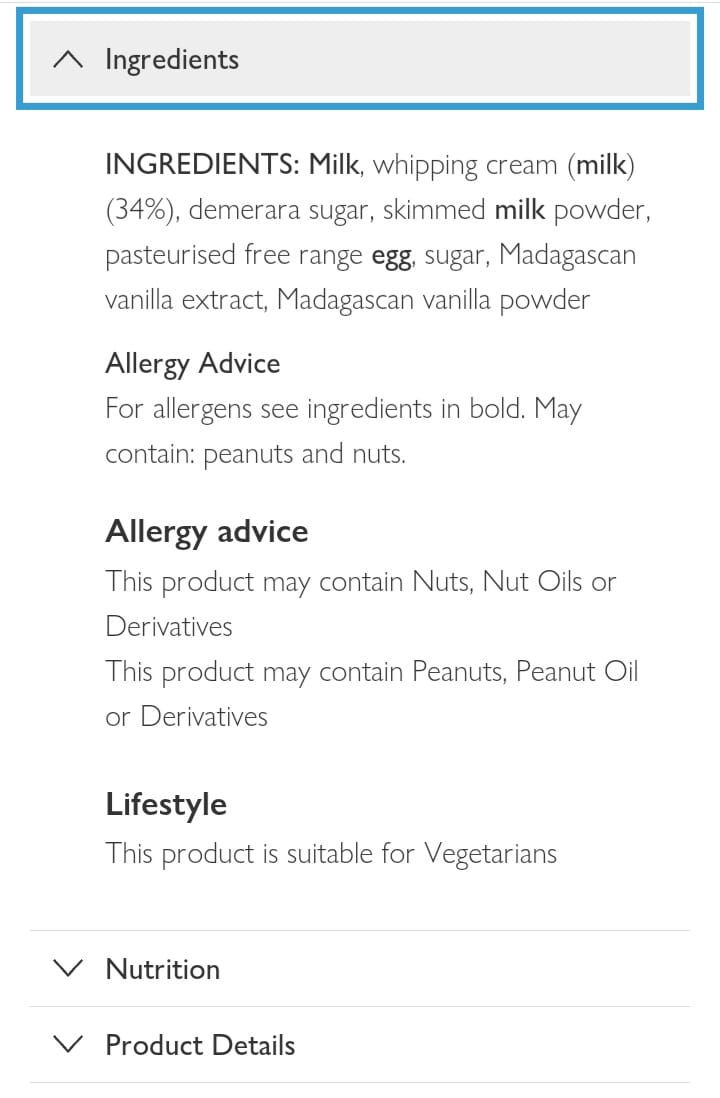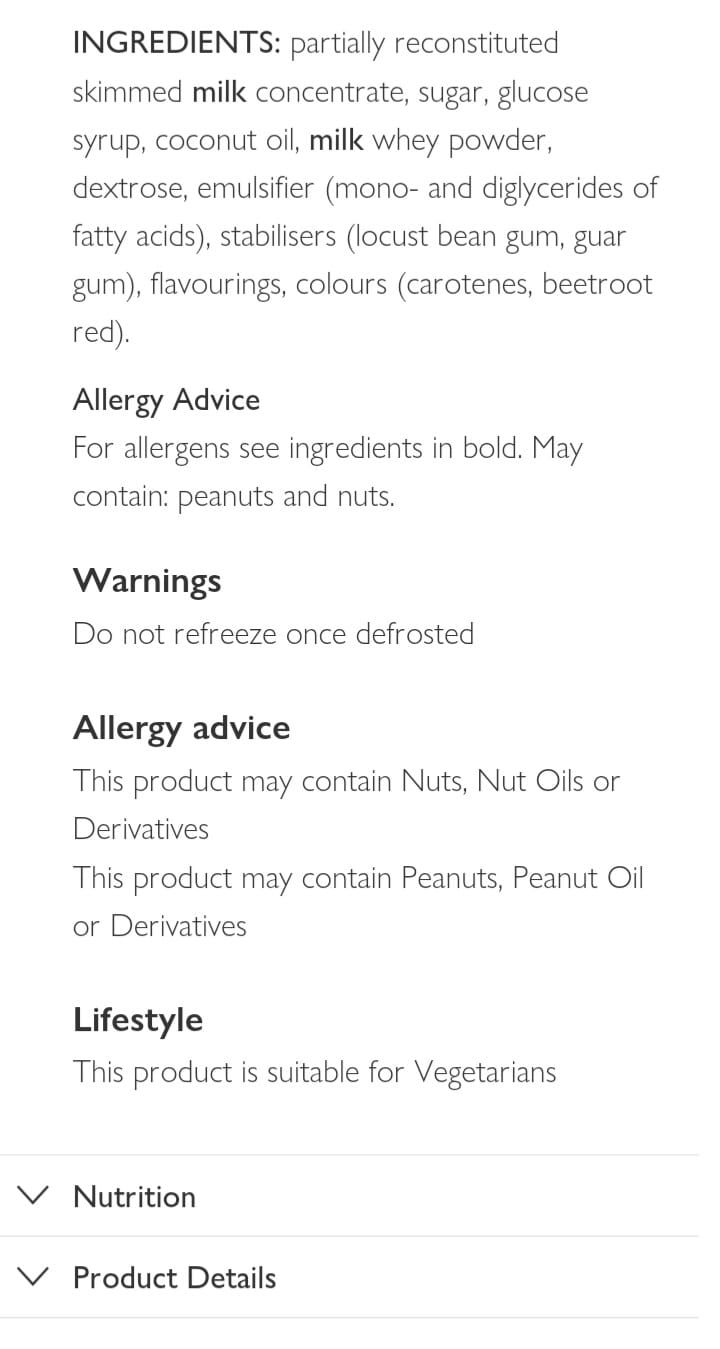Modern food and price variation in ice cream industry
- labarcelonetaicecr
- Nov 4, 2023
- 4 min read
Ice cream is a popular dessert that people consume throughout the year, especially in summer, it is easy to see long queue out of those ice cream parlours or it is gone fast in supermarket freezers. According to the data from Euromonitor International 2011, United Kingdom is ranked the 8th of ice cream consumption per capita amongst 27 selected countries at 8.6 litres on average per year whilst world average is 2.4 litres (H. Goff, W. Hartel, Ice cream 7th edition). However, customers might not know the reasons behind why the ice cream price setting can vary that much. In this article, we are trying to discuss the topic with extension to other catering industry.
What are we really eating?
I have always had a concern since I was a teenager about why the ingredients we use in home cooking are so much simpler and overall shorter whilst the ingredients in packed meals from supermarkets are so much more complicated and long. In modern society, massive production has become a norm and food is processed from factory using food additives to prolong the shelf life and the time to be sold in the market, including ice cream. If we check out the ingredient list of the package behind, we will notice that there are so many ingredients we basically have no idea what they are or why they use that ingredient even we know what that ingredient is, examples like common food stabilisers Guar gum, Locust bean gum, Carrageenan and Xathan Gum; emulsifier such as mono-and diglyceride of fatty acids, lecithin, whey protein and corn flour; vegetable oil such as palm oil and rapeseed oil; carbohydrates such as maltodextrin; sweeteners such as corn syrup. All these ingredients have their own chemical structure but the purpose is same as to thicken up - either emulsifying or stabilising - which makes food have better presentation when selling and have longer shelf life. Food without using food additive are likely to be shorter in shelf life and watery because emulsion breaks down much faster followed by the overall taste.
Do vegan products equal to absolutely healthy?
I disgree. Whilst some people hold very negative view towards food addictive, yet it is still nearly impossible to avoid these ingredients because all these food addictives have been widely used in catering industry for decades including vegan line, although in fact many people nowadays advocate for a healthier lifestyle, they are basically eating healthy food with something they loathe. And interestingly though, it's likely that one might have underestimated the amount of eating those ingredients in the entire life although they are widely tested safe by authorities. Take a look to the examples from below:

Meal deal sandwich made using UK approved food emulsifier Mono- and Di-Glycerides of Fatty Acids (E471), Mono- and Di-Acetyl Tartaric Acid Esters of Mono- and Di-Glycerides of Fatty Acid (E472e).

Meal deal crisps made using UK approved food emulsifier Lecithin (E322) and approved colour Annato Norbixin (E160b(ii)).

Vegan almond milk made using UK approved stabilisers Gellan gum (E418), Locust Bean Gum (E410) and UK approved emulsifier Lecithin (E322).
Ice cream Industry
When it comes to ice cream, similar situation happens as well. Manufacturers manage to cut cost by substituting premium ingredients, such as cutting down cream and milk portion where natully contains high dairy fat and rich protein (casein) and use reconstituted skim milk, water and vegetable oil to reach the targeted fat content; cutting down the milk-solid-non-fat, which is the protein content by using whey protein, which happens to have off-flavour yet it cannot be easily detected when mixed with bulk flavours like chocolate and nutty ones. In order to compensate the solids loss, emulsifier and stabiliser must be added to give extra body to the structure as well as prolong the shelf life to be sold in the market. In short, all these synthetic ingredients are much cheaper than traditional ingredients and the most important thing is the application is always in very low dosage, through which it can deliver as smooth and full body texture as the traditional approach with expensive ingredients, and this explains why some ice cream brand can be so cheap to the point that makes ice cream from artisan market seem over-priced.
The longer the worse
The longer the ingredient list the worse. The more complicated it looks when you buy ice cream from supermarket, the worse. Take a look to examples from below:

eg. Premium ice cream shows it is made using clean and neat ingredients with the essential ones such as milk and cream; price also reflects the value.

eg. Cheap ice cream shows it is made using lots of economical ingredients like reconstituted skim milk, glucose syrup, vegetable oil, whey powder and gums; price also reflects the value. This vanilla ice cream doesn't even have anything related to vanilla.
In conclusion, food addictives have been widely used in modern food industry for the purpose of massive selling. Although food additives are safe, it may sound horrible to some people and people might not have realised that they are actually eating these ingredients all day every day for decades. The main purpose of using them is to thicken up giving body to the food in order to make it look better and maintain the best taste. Vegan food has become trendy in the last 10 to 15 years and part of the reasons may be healthier but vegan food itself is always lack of body which means it needs extra synthetic ingredients to thicken up the structure in order to taste better in terms of texture. In ice cream industry, price of the product from supermarkets and high-end ice cream parlours may vary so much because of the huge difference of ingredients used. However, customer care most about the taste and texture only and ignore the ingredients. So if a cheap ice cream has a good texture, customer may think artisan market's products are over-priced.
Reference:
H. Goff, W. Hartel Ice Cream 7th Edition
Approved additives and E numbers | Food Standards Agency (United Kingdom)









Comments